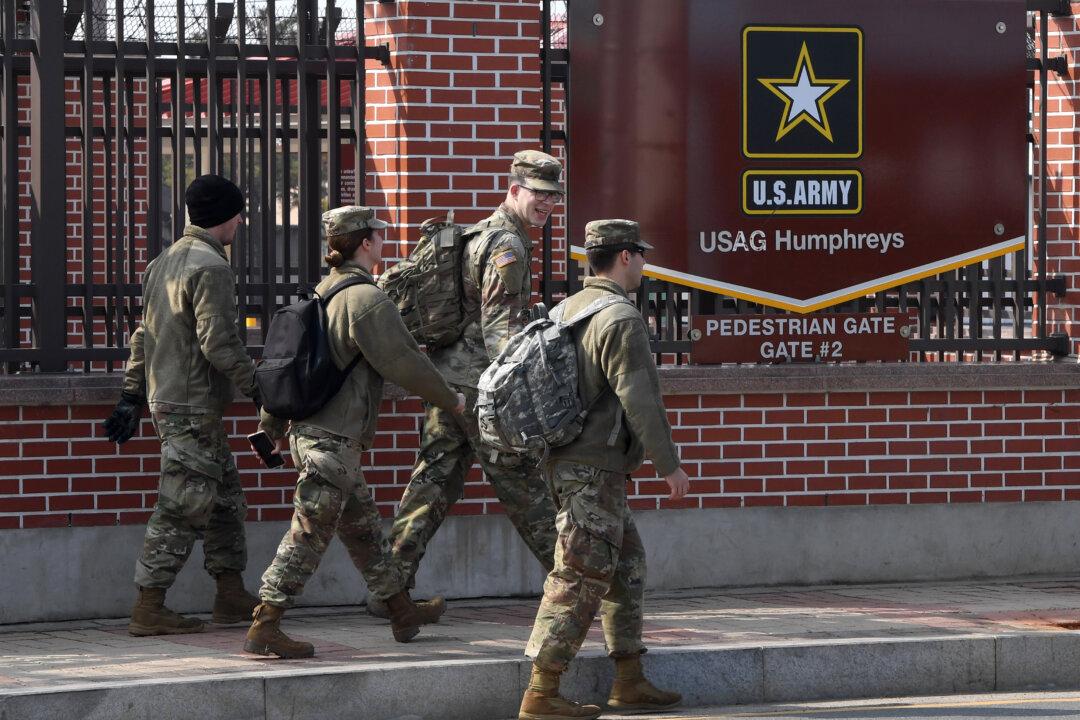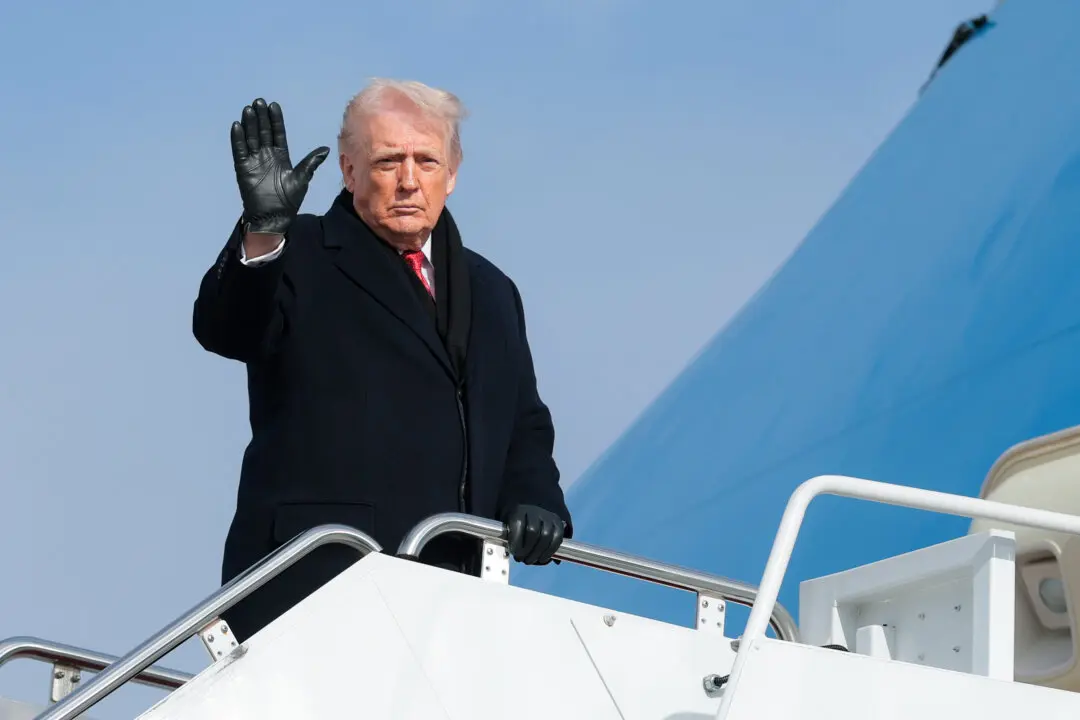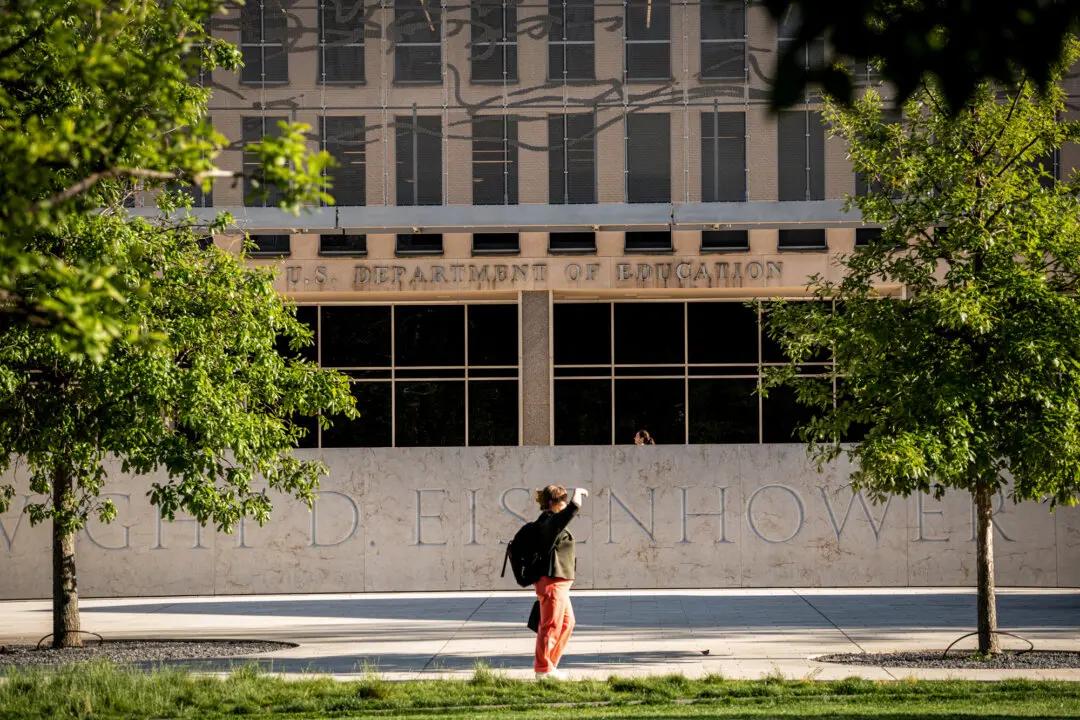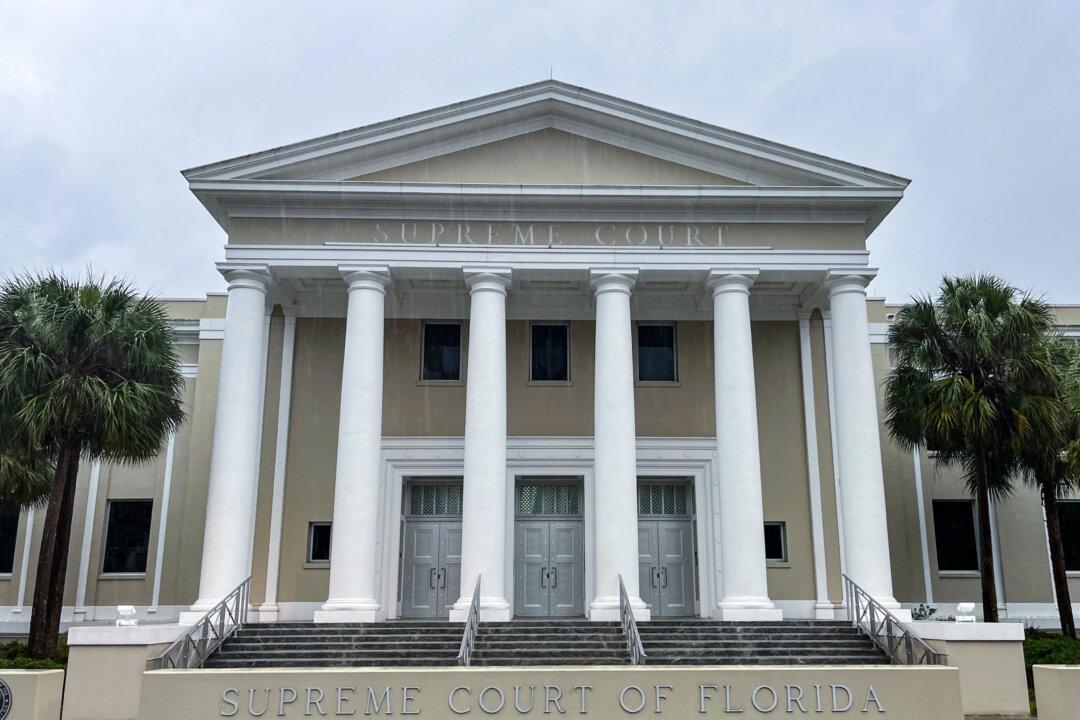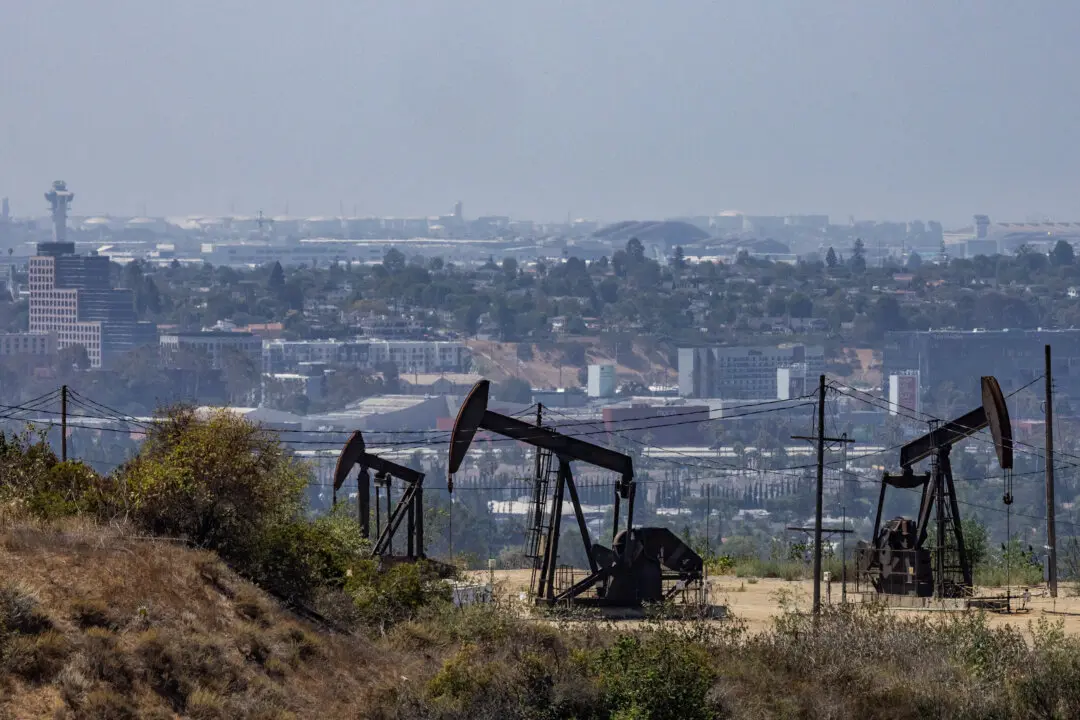The United States and South Korea have tentatively agreed to a new cost-sharing plan, under which Seoul would spend more to host American troops.
The new Special Measures Agreement (SMA), the 12th of its kind since 1991, will increase South Korea’s contribution to the U.S. forces stationed on the peninsula by 8.3 percent, with additional increases every year tied to the country’s consumer price index rather than its defense budget, according to a summary released on Oct. 4 by the South Korean Ministry of Foreign Affairs.
